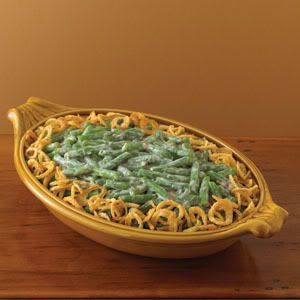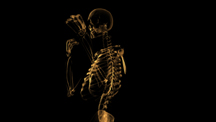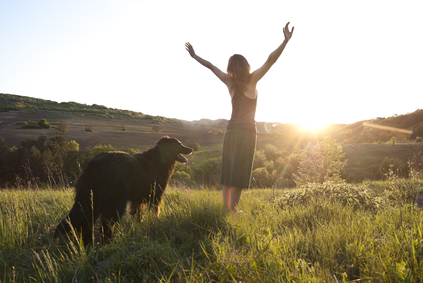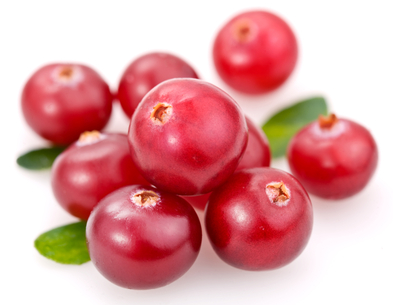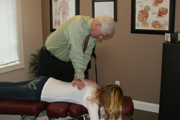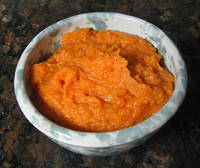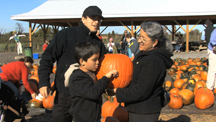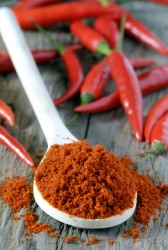Preparing For the Holidays
 As we approach the holidays we want to focus on presence. That isn’t a typo. I’m referring to presence as in a state of being, rather than the typical presents that we think of this time of year which come wrapped up in fancy paper. If you are like most people you probably can’t remember the long list of gifts you’ve received over the years. While we appreciate the gifts and the people who gave them to us, most of those gifts get lost in the shuffle with all the other stuff we accumulate over time.
As we approach the holidays we want to focus on presence. That isn’t a typo. I’m referring to presence as in a state of being, rather than the typical presents that we think of this time of year which come wrapped up in fancy paper. If you are like most people you probably can’t remember the long list of gifts you’ve received over the years. While we appreciate the gifts and the people who gave them to us, most of those gifts get lost in the shuffle with all the other stuff we accumulate over time.
However, can you remember a gift that did have a long lasting impact on you, either because it was something that you truly wanted or needed or it had deep personal significance? When you think of that gift does it remind you of the person who gave it to you? The true gift is the presence of the people that we love and that love us. Think about times in your life that you shared with someone special and what that time together means to you. Then take a look at your life now and the people in it. Are you doing what it takes to create those special moments with the people you care about in your life?
In our fast-paced society it is easy to lose track of the things that are most important, the things that are going to mean something when our eulogy is being read. People often throw out the phrase, ‘It’s the quality of the time that matters, not the quantity’. Wrong, it’s both.
You can spend all kinds of time with someone and never have a meaningful exchange. On the other hand, you can have some great moments that stand out as the exceptions to the rules of the relationships in your life. I suggest that we should try to combine quality and quantity and create truly meaningful relationships in our lives.
“The most precious gift we can offer others is our presence. When mindfulness embraces those we love, they will bloom like flowers”~ Thich Nhat Hanh
Take this opportunity to evaluate your relationships. If you find that you are not doing all you can to nourish those relationships, recommit to improving the quality and quantity of the time you invest in them. This year and going forward, make your presence your present.
